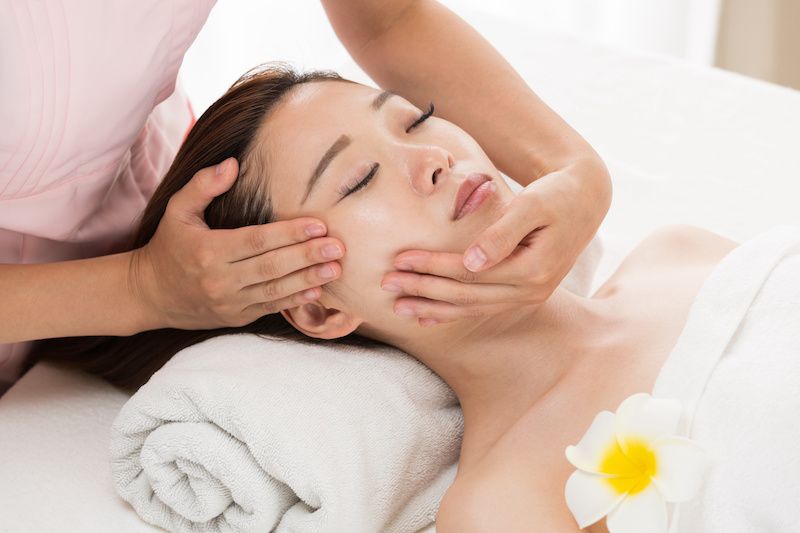
Massage is a great way to relax your muscles and ease tension. But not all massage techniques are created equal – some work better than others, depending on the type of muscle they target, the amount of pressure they use, and how long you need them to last. In this article, find out the best technique for massaging your jaw: the TMJ massage!
TMJ (temporomandibular joint) disorder is a condition that affects the temporomandibular joint (TMJ) – a ball-and-socket joint located in the skull that allows the jaw to move forward, backward, and side to side. While there are many potential causes of TMJ, the most common ones include poor posture, genetics, and stress. If you experience pain and/or discomfort when chewing or speaking, it might be time to seek out TMJ treatment.
How to Find Relief with TMJ Jaw Massage
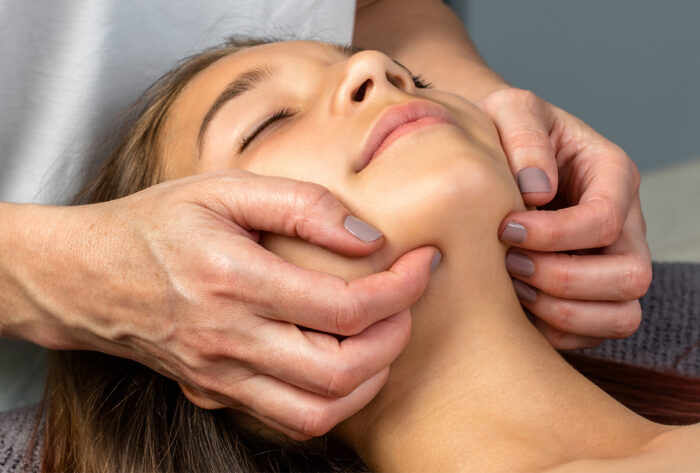
TMJ is a condition that affects the jaw, causing pain and difficulty in opening and closing the mouth. Many people experience TMJ symptoms when they chew or bite too hard, but it can also be caused by other activities such as speaking, laughing, or yawning.
There are several types of jaw massage for TMJ that can help to relieve symptoms, including Swedish massage, deep tissue massage, trigger point massage, and Neuromuscular therapy. Depending on the person’s specific needs, one or more of these therapies may be the best option for them.
If you’re experiencing TMJ symptoms and would like to try a different type of massage to see if it can help you, please speak with your doctor or therapist about what could be the best option for you.
Are There Different Types of TMJ Massage?
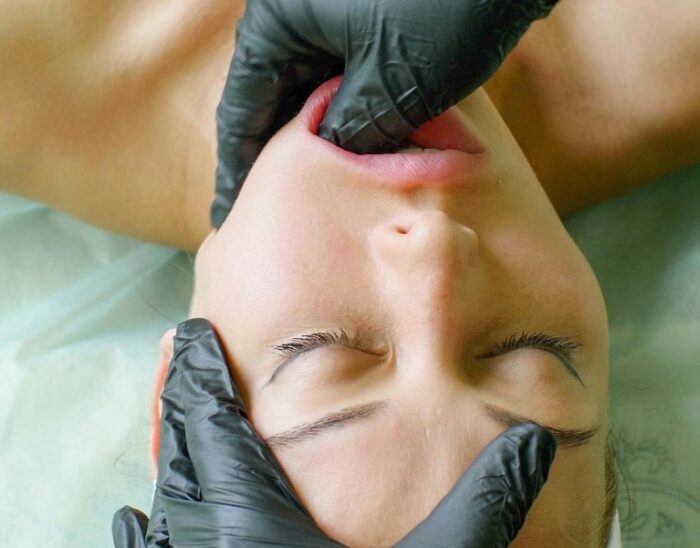
There are many different types of massage that can be used to treat TMJ, depending on the individual’s needs. Some people prefer deep, tissue-pushing massages while others prefer lighter, more superficial strokes. The most important factor to consider when choosing a TMJ massage is the therapist’s experience and expertise in treating this condition.
Some popular types include:
Trigger Point Massage
This type of massage uses finger pressure and friction to target specific trigger points in the muscles surrounding the jaw. By relaxing these tense muscles, trigger point massage can help relieve tension and pain in the jaw area.
Swiss Ball Massage
Swiss ball massages use a small, rounded ball to massage the neck, shoulders, and upper back. The gentle motion and compression of the ball can help to release tension and relax the surrounding muscles.
Thai Massage
Thai massage is known for its deep tissue pressure and healing properties. This type of massage is often used to treat a variety of injuries, including TMJ pain. Thai massage works best when it is tailored specifically to the individual’s needs.
Where to Massage?
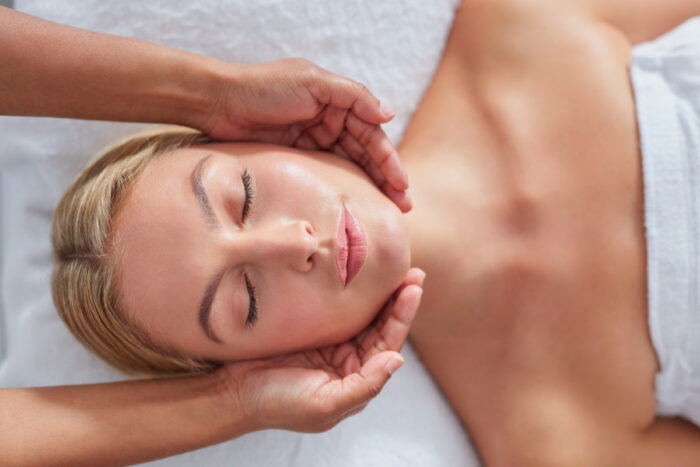
If you suffer from temporomandibular joint disorder, or TMJ, you might be wondering where you should massage your jaw to relieve tension and pain. Here are five popular spots to massage your jaw for TMJ:
- Under the lower lip – When tension builds up in the jaw, it can cause pain and swelling in the lower lip. Massage this area with gentle pressure to help relieve symptoms.
- Behind the ear – The temporal bone (which includes the ear) is an important part of the jaw, and when it’s injured or tense, it can cause pain and tenderness behind the ear. Apply pressure here with your fingertips to help ease discomfort.
- Inside the cheek – The cheekbones are another key anatomical structure in the face that can cause TMJ pain. Massage these bones with pressure from your thumb and fingers to help reduce stiffness and discomfort.
- Between the eyebrows – Most people tend to hold tension in their brows when they have TMJ, which can aggravate symptoms throughout the head and neck. Apply pressure here with your fingers to release unwanted tension.
- The front of the neck – Located just below the skull, the front of the neck is a common location for tension headaches. Apply pressure here with your fingers to help relieve pressure and tension in this area.
Massage is an effective way to relieve tension and pain in the jaw area. The key is to find a therapist who specializes in TMJ massage and has experience treating this condition.
How To Massage
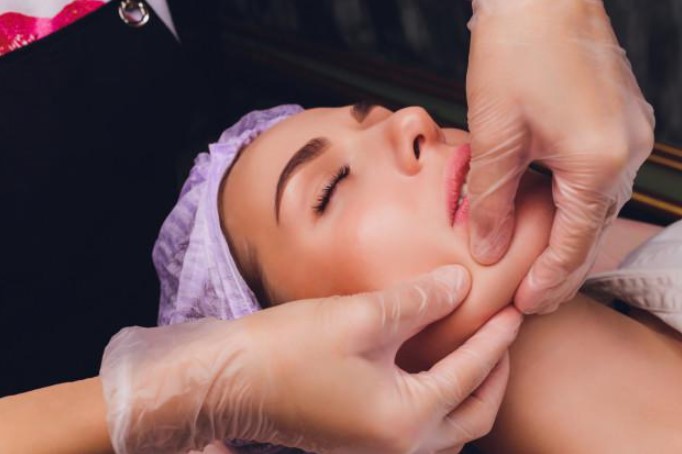
There are a few different ways you can massage your jaw to relieve the pain and improve your TMJ function.
The first way to massage your jaw is to use your fingertips. You can use this method if you have pain in the front or back of your jaw. To do this, put your fingertips behind your ears and rub them up and down the sides of your neck.
Another way to massage your jaw is with a tennis ball. You can place the ball against the side of your neck and roll it around. This method is best if you have pain in the back of your neck or in the front of your jaw.
The final way is with a foam roller. You can place the foam roller against the side of your neck and roll it around. This method is best if you have pain in both the front and back of your jaw.
What to Expect After a TMJ Massage
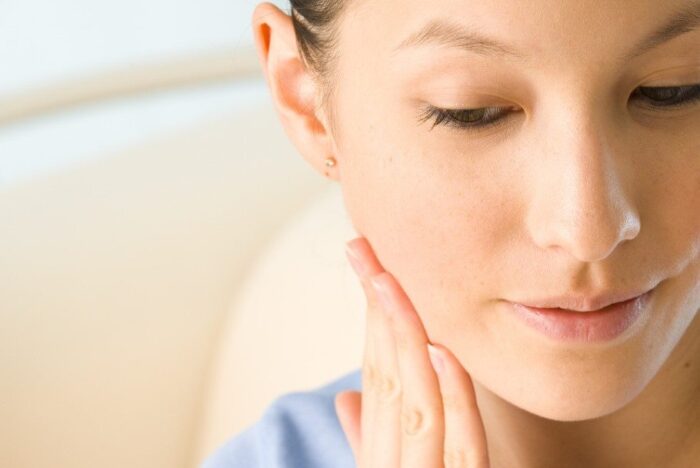
If you’re like most people, you probably don’t give your jaw much thought. But if you’ve ever experienced pain in your jaw, you know that it can be really annoying. That’s because your jaw is made up of two bone pieces called the mandible and the maxilla—and when they don’t work well together, it can cause pain and inflammation.
If that sounds like you, then you might be interested in learning about the benefits of TMJ massage.
TMJ massage is a treatment that’s used to relieve pain and inflammation in the jaw. It works by trying to realign the mandible and maxilla to work better together. And, because TMJ massage is a relatively new treatment, there are still many things that we don’t know about it. However, there are some things that we do know, which are listed below.
- TMJ massage can help relieve pain and inflammation in the jaw.
- It improves jaw function.
- Also, it can help improve sleep quality.
- TMJ massage is a reasonably pain-free treatment.
Conclusion
If you’re experiencing TMJ symptoms, it’s important to find a massage therapist who can specifically target your jaw. Many people mistakenly massage their neck and shoulders when they should be massaging their jaw – this not only doesn’t work as well, but it could actually make your TMJ symptoms worse.
To find a good TMJ therapist, look for someone with experience in the area and ask them about their approach to treating TMJ.








